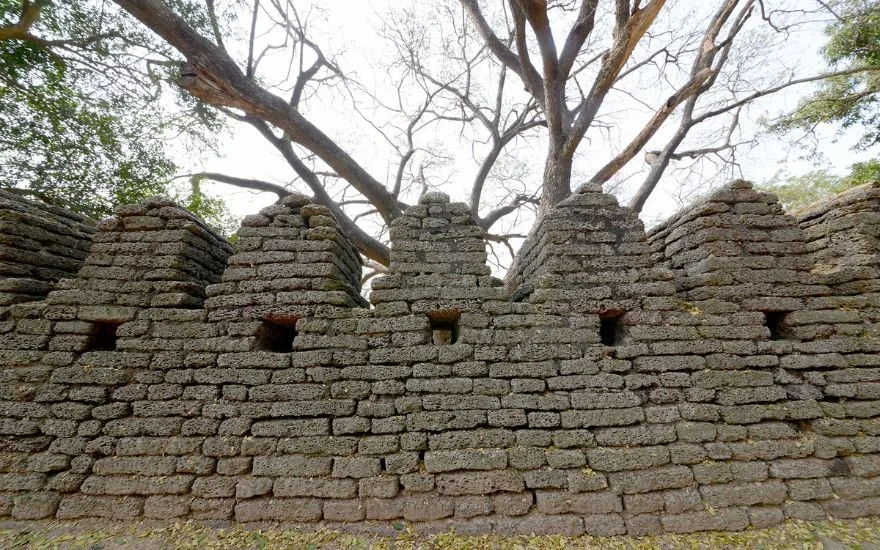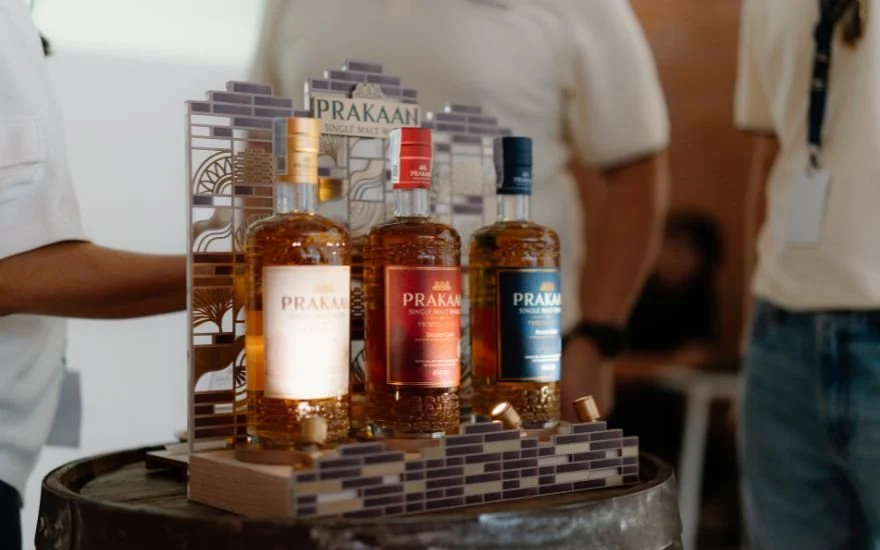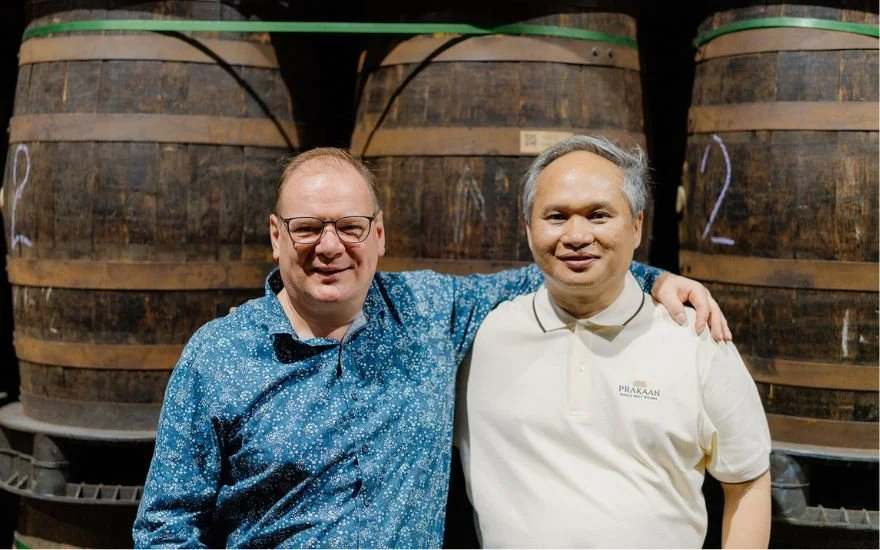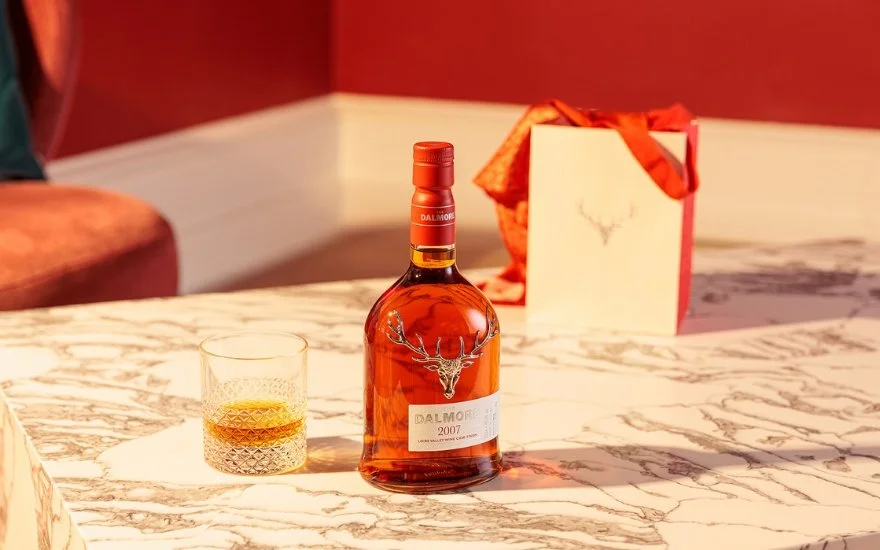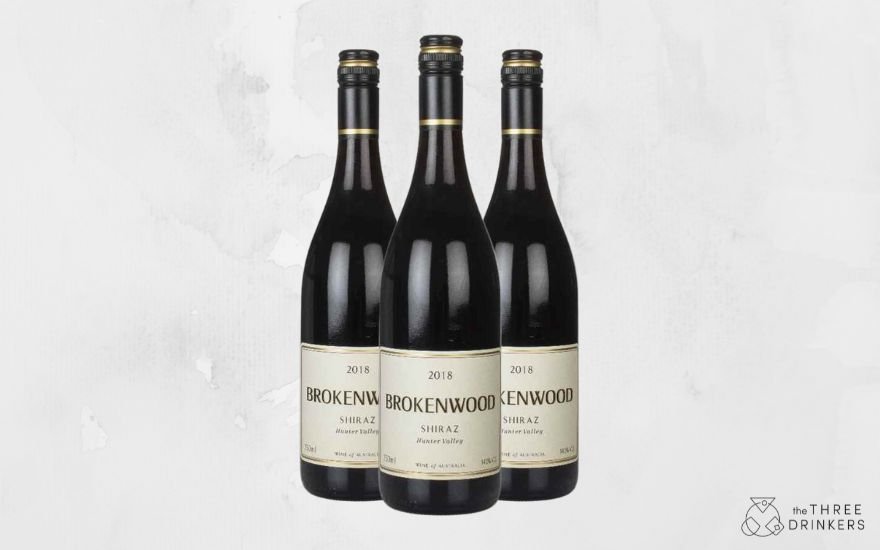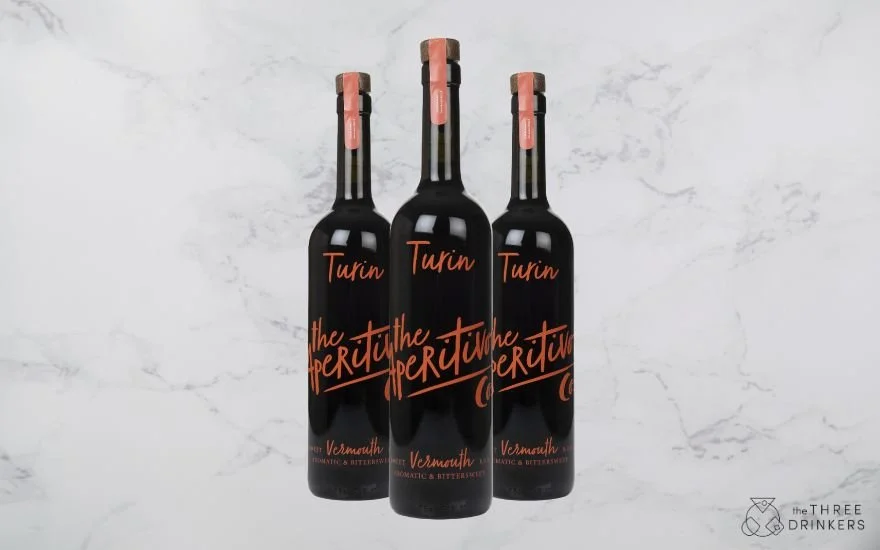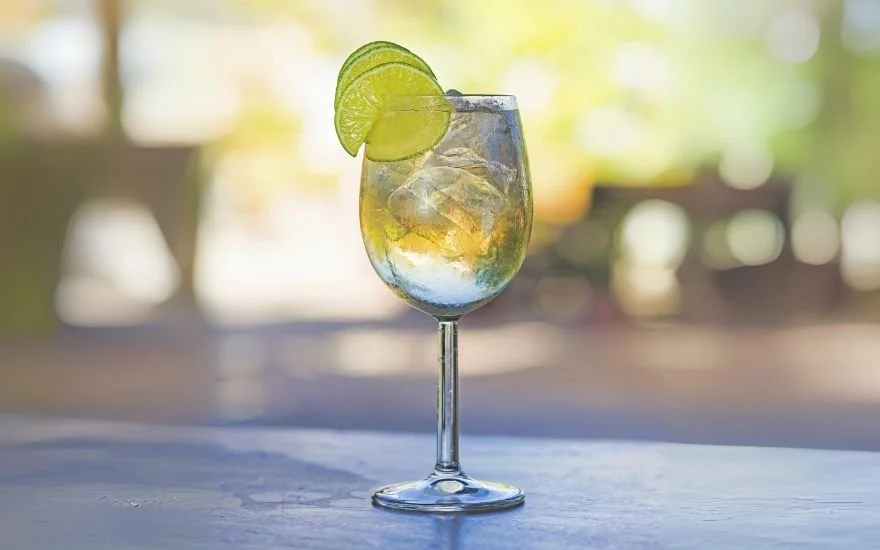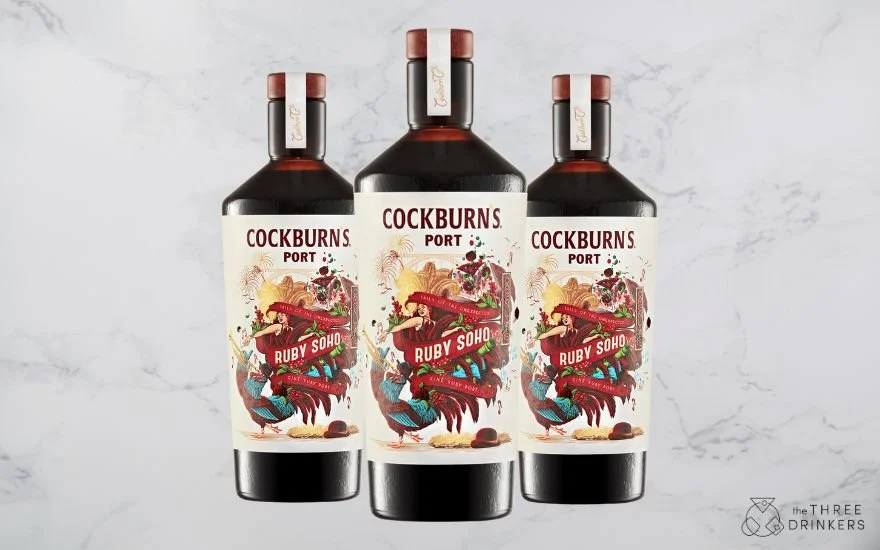Prakaan Distillery, Thailand
Thailand invokes certain images. Scenes from the Leonardo Di Caprio film The Beach come to mind. Bright sunshine, pristine white sand and turquoise seas and heat. This is the idle people expect to experience when they visit Thailand. Until this year I had never visited but always thought I would and experience the country as described above. My home country has certain similarities. On the west coast of Scotland are some of the most beautiful beaches in the world, like Thailand the sands are white, and the seas turquoise and crystal clear. There is just one thing missing: the heat. However, there is something my home country makes which Thailand could not offer, and that’s whisky. Until now.
My primary motivation for visiting Thailand this year was to visit their first Single Malt Whisky distillery and taste the whisky it is producing. I did not see one beach on my week-long visit, and the beach wasn’t missed. Instead, I experienced a different side of Thailand. The un-talked about interior.
The company which built the distillery owns many businesses. From hotels and restaurants, a logistics company which operates all over Thailand, and their biggest operation, a beer company, and it is in the same town as a brewery that the whisky distillery is found. The company is called Thai Beverage and their move into making Single Malt Whisky might seem an unusual one for predominantly a beer company in the tropics, but they have form. International Beverage, a subsidiary of Thai Beverage owns four of the best and most traditional distilleries in Scotland. In the far north, they own Pulteney and Balblair, Speyburn and Balmenach in Speyside and just to the east of Speyside, Knockdhu distillery.
Although in Thailand Thai Beverage is known for beer, they have plenty of distilling experience. Some of the great Thai rum brands have been and are still produced by them. They have a rum distillery which they have owned since the 1970’s.
The whisky distillery, unlike their rum distillery is nowhere near Bangkok. It is in Kamphaeng Phet a lesser-known corner of Thailand not frequented by tourists in search of white sands or azure waters. Instead, it sits nestled within the Western Forest Complex, a vast and largely untouched tract of wilderness recognised as a UNESCO World Heritage site. It’s hot, it’s humid, it’s rich in biodiversity and surprisingly, it’s perfect for whisky making.
The features in the Kamphaeng Phet Historical Park include archaeological remains of ancient sites such as Mueang Chakangrao to the east of the Ping River and Mueang Nakhon Chum to the west. The whole site covers much of the town and is surrounded by a distinctly shaped wall. It is this heritage site and its surrounding wall which give the whisky its name, Prakaan. Prakaan translates as ‘wall’ or ‘fort’, a tribute to the ancient stonework that once encircled Kamphaeng Phet. Like the whisky, it stands as a symbol of strength, endurance and cultural identity. A section of this wall is the emblem on the whiskies label, and the bricks make up the texture of the bottle. It roots the whisky with a true sense of place.
The water for the distillery comes from deep underground, the source of which flows through the Western Forest Complex and includes Khlong Lan Waterfall. Not far from the distillery the waterfall is a spectacle sitting within the forest, which in itself is a magical place, the waterfall is elegant yet powerful, much like the whisky and well worth seeking out.
Beyond the sense of place in the landscape the whisky evokes, it also has a sense of place rooted in the people, and food. There is a great love for Thai food all over the world, from Khao soi fragrant noodle soup, river prawns, which are the size of small lobsters, an abundance of fresh vegetables and even sticky mango rice, the food in Thailand is incredibly diverse with different regions producing different style.
With all these influences it would be understandable if the whisky didn’t quite manage to encompass that whole sense of place, yet somehow it does, and this I think comes from a tradition rooted in Whisky’s home country of Scotland. All of the International Beverage distilleries are in the highlands, Speyside is in the greater highland region, so Speyburn is still highland. Highland whisky tends to be elegant and fruity. It’s this fruit forward character which Prakaan has in spades. The team at Prakaan, beyond having incredible backgrounds in biochemistry and distilling in Thailand, have spent two years with the teams in Scotland learning about and making single malt Scotch Whisky. The elegance of Scotch shines though in Prakaan, as does the fruit forward nature of the whisky. It is this fruit forward nature which also gives Prakaan its unique identity. Like some highland whiskies, there are a lot of tropical fruits found in Prakaan, and those fruits are diverse and range from light banana and touches of pineapple to guava, passion fruit and dragon fruit which is integral to Thailand. These tropical fruits are joined by honey, citrus peels and touches of ginger, and milk chocolate sit in the background. The back palate allows spice to develop which runs all the way through the finish. These flavours are added to in the Double Cask expression with typical Oloroso sherry cask character which are used for 18 to 30 months. These casks give raisins, cinnamon, nutmeg and dates. Their final expression the Peated Malt has a ppm of 45 in the barley and is lightly peated at 3ppm in the resulting whiskey. The peat is imported from the highland of Scotland giving rich BBQ smoke and oily, earthy peat beyond the tropical fruit notes.
All this fruit flavour is rooted in fermentation which lasts for 72 hours giving fruity flavours and starts at 18- 20°C and is kept under 35°C with cooling jackets. All this flavour shines in their ex-bourbon cask expression. For me ex-bourbon cask maturation allows the spirit character to shine and shows its true character. The spirit from Prakaan is very characterful and this comes through in the whisky well. This character also allows for other types of maturation without losing that distinct character. There are two other expressions in the Prakaan line up. One which has ex-sherry cask maturation included, and a peated expression. Both of these show off their different flavours. The maturation has been deftly handled. In the heat of the tropical sun, it takes skill and care not to overcook the spirit. The warehouses have been built in such a way to help this. By being recessed into the ground by a few metres, the base of the warehouse is cool, and by having huge doors which can open for airflow, the ambient temperature in the warehouse is much cooler than the shade temperatures outside and can be temperature controlled. There is no humidity control, and the angels share reflects this with 13% being lost to the angels in year 1, and then 10% in year two, 9% in year three and 8.5% in year 4, so the volume of liquid loss over the years is considerable, but the abv only decreased 1-3% over the first 5 years. This is all normal for the tropics. Prakaan doesn’t have an age statement on their whisky, and nor should they, as with tropical aging, age is irrelevant, however some of the whisky is older than you would imagine. They first filled barrels in April 2018, so one can work it out from there.
Distillery manager Boyd
Prakaan isn’t trying to be like Scotch, it has its own identity, but the quality is formidable and the overall experience of visiting Prakaan is impressive. The distillery is state of the art and fully automated, yet the skill in their whisky making is rooted in tradition and culture, people and place. These characteristics will sound familiar to Scotch Whisky drinkers and show that Scotland and Thailand as well as having pristine beaches and pure blue seas, now have great whisky in common too.
Colin and Boyd at Prakaan in Thailand
Prakaan Select Cask
Full of tropical fruit and ex bourbon cask flavours.
Size: 750ml
ABV: 43%
Find here: £49.96
Prakaan Double Cask
Rich with baking spice, chocolate and signature tropical fruit.
Size: 750ml
ABV: 43%
Find here: £62.46
Prakaan Peated Cask
Tropical fruits, smoke and earthy flavours and aromas
Size: 750ml
ABV: 43%
Find here: £54.13
If you’ve enjoyed discovering the first single Malt whisky from Thailand and your appetite has been peaked for something Thai, then how about booking a great Thai restaurant in London here.
Words by Colin Hampden-White




